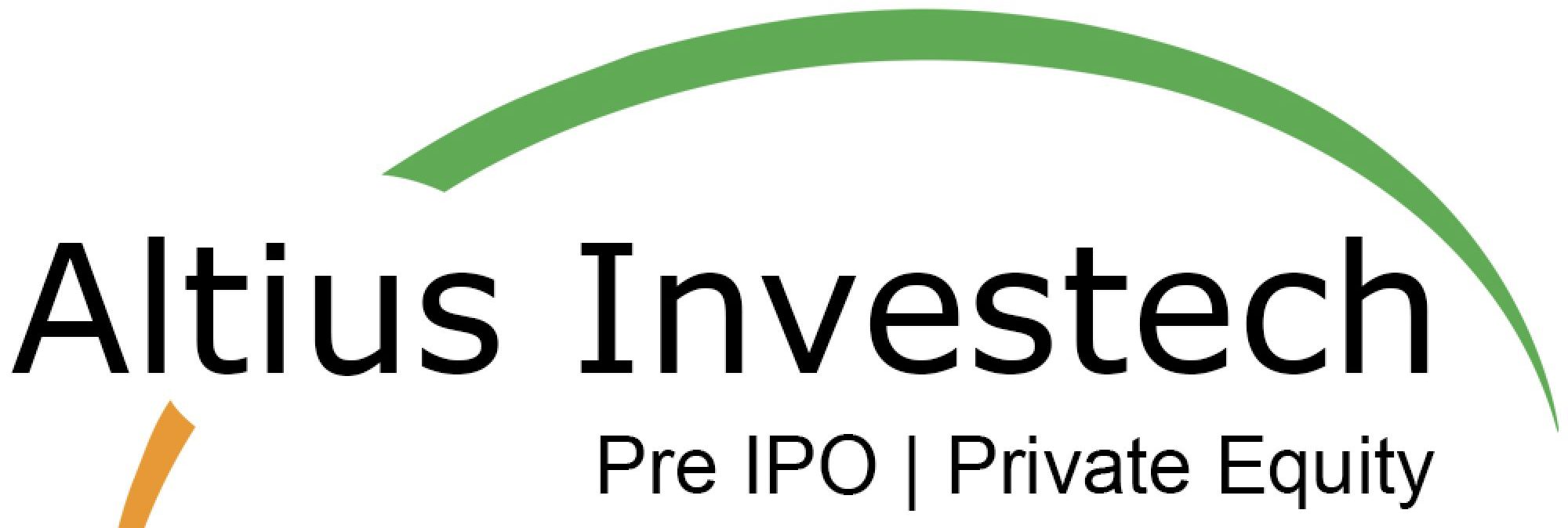As OYO prepares for its initial public offering (IPO), financial services firm Jefferies notes that while the company had one of the strongest first quarters in many years, there are several obstacles that it must overcome in order to continue growing pace.
According to the study, the broad-based improvement in travel trends and the company’s business reorganisation were the two primary drivers that helped OYO improve unit economics as it turned EBITDA (adjusted) positive in the first quarter of FY23.
Even though OYO faces stiff competition from traditional hotel companies, short-term vacation rental companies, other online travel agencies (including Super Apps hosting peer OTAs) and competition from search engines in attracting, engaging and retaining customers on platform, the Covid-induced downturn gave OYO an opportunity to rethink the scale, size and cost of operations and shifted its focus on refining the hotel footprints by increasing profits per hotel.
In Q1FY23, revenue growth is consistent across all segments.
“OYO’s ability to give clients with access to a diverse range of high-quality shops at a compelling price point, along with brand power and appealing reward and referral programmes, resulted in improved Gross Booking Value (GBV) for the company,” according to the research.
After bottoming out in FY21, the Gross Booking Value (GBV) per hotel per month recovered marginally in FY22 and has seen a strong increase in 1QFY23. The survey also stated that the quantity and diversity of stores is a measure of the platform’s breadth and reach, as well as a crucial value offer to customers.
As a result, expanding the organization’s patron base and shop reach abroad will be important. It will also need to maintain its focus on increasing the gross bookings value (GBV) per storefront, both organically and through various loyalty programmes, in order to incentivize bookings from new consumers and drive growth.
The report also mentioned OYO’s asset-light, technology-driven business model, which has allowed it to scale globally and gain a competitive advantage in the short-stay accommodation space, as well as accelerated development and adoption of technology/products to reduce operating costs and reposition its offerings.
OYO’s adjusted Gross Margin improved from 9.7 per cent in FY20 to 33.2 per cent in FY21 and 40-41 per cent in FY22/1QFY23. In FY22, Adjusted EBITDA losses narrowed to Rs 470 Crores from Rs 1750 Crores losses in FY21, and the company turned profitable on EBITDA (Adjusted) in 1QFY23. In addition, the company’s Contribution profit improved from 5.1 per cent in FY20 to 22-23 per cent in FY22 and 1QFY23.
Employee expenses decreased by 63% year on year in FY21 (grew 7% year on year in FY22), owing to employee rationalisation, centralization of key functions in strategy, better revenue management, moving corporate support teams from a country level to a regional level, rationalisation of non-core businesses, and increased automation led operational efficiency.
However, according to the research, OYO is now focused in India, Indonesia, Malaysia, and Europe because they are more developed in terms of storefront footprints and unit economics. These markets account for 90 percent of its global storefronts.
Also Read: OYO Rooms (Oravel Stays Ltd) IPO Analysis

